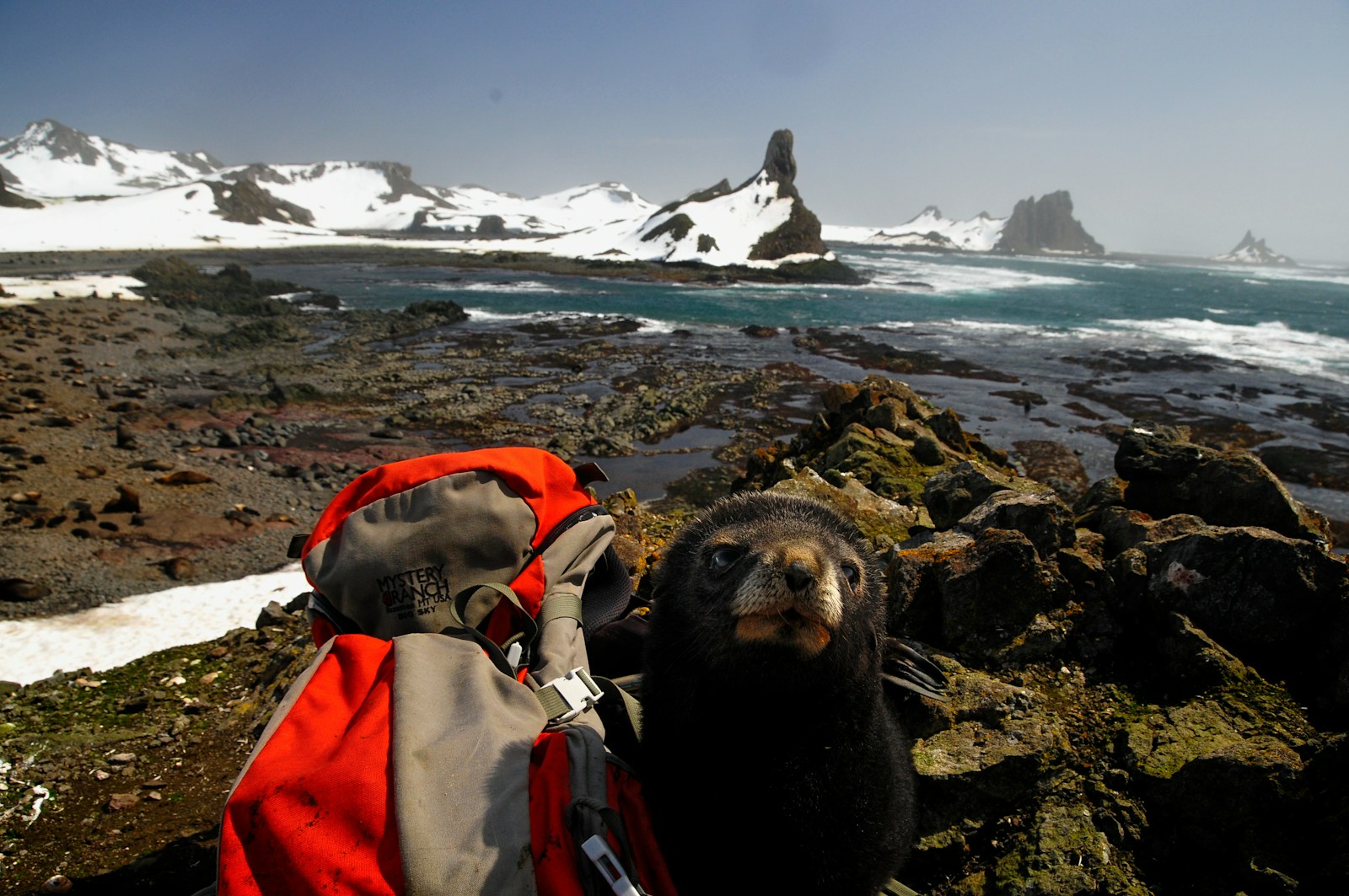Greenhouse gases are a critical issue facing our planet today. These gases trap heat in the atmosphere, leading to global warming and causing significant harm to the environment. To outrank the existing content on this topic, it is essential to provide comprehensive and detailed information about greenhouse gases and their impact on the environment. In this article, we will explore the different types of greenhouse gases, their sources, and the effects of these gases on our planet.
Table of Contents
ToggleWhat are Greenhouse Gases?
Greenhouse gases are a group of gases that are present in the atmosphere and play a critical role in regulating the temperature of the earth. These gases trap heat from the sun and prevent it from escaping into space, which helps to maintain a stable temperature on our planet. The most common greenhouse gases include carbon dioxide (CO2), methane (CH4), nitrous oxide (N2O), and fluorinated gases.
Sources of Greenhouse Gases
Greenhouse gases can come from both natural and human sources. Natural sources include volcanic eruptions, wildfires, and the release of gases from the earth’s surface. Human activities, such as burning fossil fuels for energy, deforestation, and agriculture, also contribute significantly to the increase in greenhouse gas emissions.

Effects of Greenhouse Gases on the Environment
The increasing levels of greenhouse gases in the atmosphere are having significant impacts on our environment. Some of the most significant effects include:
Global Warming
Greenhouse gases trap heat in the atmosphere, leading to global warming. This increase in temperature is causing a range of impacts, including melting glaciers and sea-level rise, which are leading to flooding and erosion in coastal areas.
Extreme Weather
As temperatures continue to rise, we are also seeing an increase in extreme weather events, such as hurricanes, droughts, and heatwaves. These events can have devastating impacts on communities and can cause significant economic damage.
Loss of Biodiversity
The increase in temperatures is also leading to changes in the distribution and abundance of species, which can result in the loss of biodiversity. This loss of biodiversity can have significant impacts on ecosystems and the services they provide to humanity.
How Can We Reduce Greenhouse Gas Emissions?
There is a range of actions that individuals and governments can take to reduce greenhouse gas emissions and limit their impact on the environment. Some of these actions include:
Switching to Renewable Energy Sources
One of the most significant sources of greenhouse gas emissions is the burning of fossil fuels for energy. Switching to renewable energy sources, such as wind, solar, and hydropower can significantly reduce greenhouse gas emissions.
Improving Energy Efficiency
Improving energy efficiencies, such as using energy-efficient appliances and insulation, can also help to reduce greenhouse gas emissions.
Planting Trees
Trees absorb carbon dioxide from the atmosphere as they grow, making them an effective way to remove greenhouse gases from the atmosphere. Planting trees and preserving forests can help to mitigate the impact of greenhouse gases on the environment.
Conclusion
In conclusion, greenhouse gases play a significant role in regulating the Earth’s temperature, but their increasing emissions due to human activities are leading to severe consequences for our planet. It is essential for individuals, governments, and organizations to take actions to reduce their emissions and mitigate the impact of these gases on the environment. By working together, we can protect our planet for future generations.
FAQs
- What are greenhouse gases? Greenhouse gases are gases that trap heat in the atmosphere, preventing it from escaping into space.
- What is the primary source of greenhouse gases? The primary sources of greenhouse gases are human activities, such as the burning of fossil fuels, deforestation, agriculture, and transportation.
- What is the impact of greenhouse gases on the environment? The increasing emissions of greenhouse gases are leading to the warming of the planet, sea level rise, flooding of coastal areas, melting of glaciers, extinction of species, and alteration of ecosystems and food chains.
- What actions can be taken to reduce emissions of greenhouse gases? To reduce emissions of greenhouse gases, it is crucial to implement sustainable practices, such as the use of renewable energy sources, energy-efficient technologies, and sustainable agriculture practices. Governments can also play a role by implementing policies that encourage the use of clean energy and the reduction of emissions.








1 thought on “Greenhouse Gases: Understanding their Impact on the Environment”
Pingback: The Greenhouse Effect: Understanding its Impacts